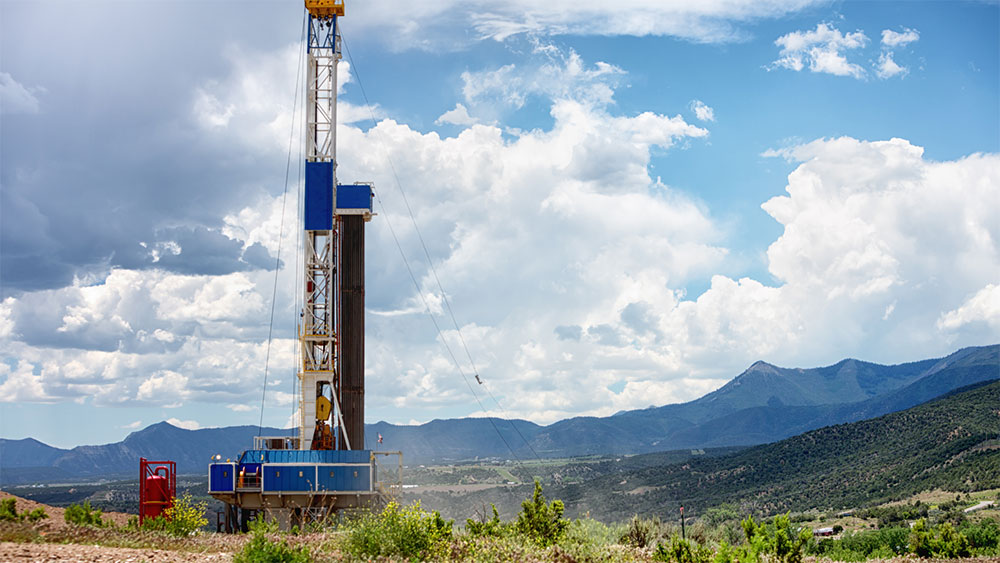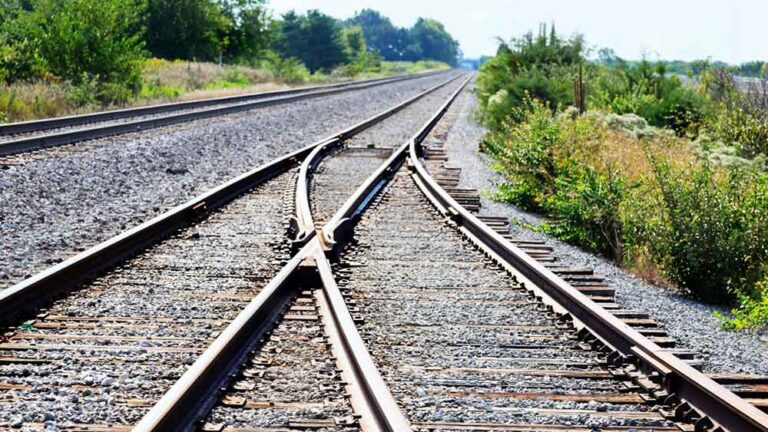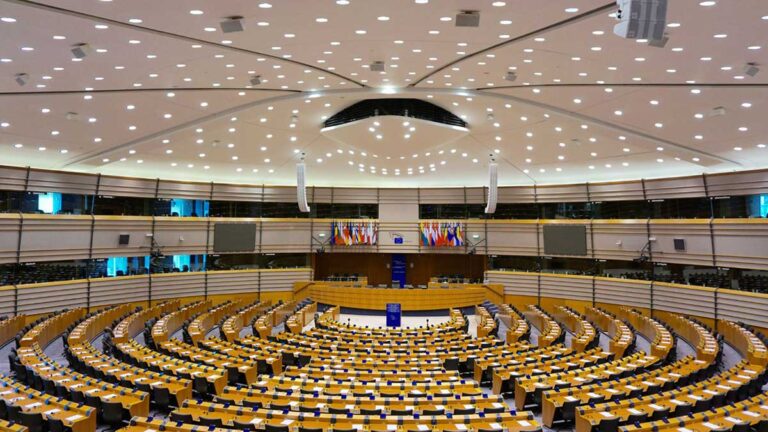Since the start of Russian military advances in Ukraine in February of 2022, governments globally have issued sanctions to demonstrate support for Ukrainian territorial integrity and disrupt financial flows that enable war activity in Ukraine. In 2021 the extra-EU monthly spend on energy product imports averaged €25.8 billion with Russia as the largest supplier by trade value for natural gas (39.2%) and crude oil (24.8%)[1]. Concerns over threatened supply among other factors have sparked debates on reducing energetic dependence of the EU on Russian fossil fuel imports. With an EU embargo on Russian oil announced, alternatives to conventional natural gas imports are explored.
Recently, shale fracking potential in north eastern parts of Austria has resurfaced as a potential alternative to Russian natural gas and expensive US shale gas imports. OMV estimates between 300 – 500 billion cubic metres (bcm) of recoverable shale gas, which would cover the Austrian gas demand for anywhere between 30 to 50 years[2], with proposals for a “clean” fracking process coupled with geothermal heat extraction[3]. EU Oil and Gas Assessment in 2017 estimated 898 bcm of shale gas at a burial depth of 5 – 7 km[4]. Although unlikely to be recoverable, at approx. 8 bcm annual consumption, this could meet Austrian gas demands for 100 years.
What is shale fracking?
Hydraulic fracking is an extraction method for oil and gas trapped in pores of non-permeable shale rock formations at a depth of around 2 km below the surface. Due to this fracking requires an additional horizontal drilling step during which water, physical proppants (e.g., sand or ceramic beads) and various chemical additives are injected at high pressure into the rock formation to create a network of cracks and enable shale oil and gas flow and extraction.
Environmental impacts
In the past, fracking has been fiercely criticised over environmental issues. For example, in 2015, shale gas well environmental health and safety violations were linked to elevated levels of diesel-like chemicals and organic additives from fracking fluids in residential waters around the Marcellus shale basin in Pennsylvania[5]. It is important to note, that due to the great depth and properties of reservoir rocks shale gas cannot naturally permeate to groundwater levels. Any environmental contamination therefore mainly originates from insufficient gas well lining and poor well management practices resulting in surface spills or methane leakage and dissolution in groundwater reservoirs. From the GHG emissions perspective, a study by ANL in 2011, indicated that within the error margins life-cycle emissions form shale and conventional gas consumption are comparable, with absolute estimates generally lower for shale gas in both 20 and 100-year perspectives. Due to savings in infrastructure, transport and distribution emissions, shale gas in its’ lifetime is expected to demonstrate a marginal environmental advantage over conventional natural gas from Russia and the equivalent shale gas imported from the US[6].
An additional challenge is presented by waste water recovered at the surface during fracking events – super saline and eco-toxic brines. Since standard municipal waste treatment and desalination plants are not suitable for treatment of such fluids, fracking waste treatment and disposal requires a comprehensive monitoring and management plan[7]. Furthermore, waste water from fracking may contain trace levels of heavy metals or radioactive elements liberated as mineral impurities[8], therefore to ensure that such impurities do not exceed permissible groundwater concentrations, an extensive pre-exploration assessment is paramount. Overall, to ensure safe fracking practices in Austria transparency, extensive monitoring and prior technical planning is essential.
Excessive use of freshwater presents a key challenge for Austria – a land-locked country with no direct access to seawater resources. 1 – 8 million gallons of water are used in a single fracking event – volume equivalent to that of 2 – 12 Olympic swimming pools, from which only 20% is recovered at surface as brines and usually disposed in deep injection wells. This puts a considerable strain on accessible freshwater resources, especially in north eastern Austria, which relies on freshwater for land-based industries, e.g., winemaking – a key and growing export product of Austria.
A future perspective for energy
With climate crisis in full swing, the effects of which are already clearly present (e.g., excessive rainfalls and flooding in Europe or forest fires in Australia in 2021), global warming effects of fracking must be considered. Hydraulic fracking essentially presents new means for fossil fuel extraction in countries like Austria, which historically are energy product importers. By the virtue of this, investment into fracking is likely to at least partly divert financial resources from renewable energy generation significantly slowing the energy transition. This directly contradicts the long-term goal of Austria to become climate neutral by no later than 2050[9].
To assess whether fracking in Austria is worthwhile, it is important to bear in mind that fracking exploration is still at its’ infancy in Austria and it would take several years for actual extraction to commence. Fracking shall therefore only be considered as a viable mid-term solution to natural gas imports with financial, energetic security and marginal environmental benefits over imports of conventional natural gas from Russia or shale gas from the US. To access benefits from fracking, environmental impacts, in particular water use and waste must be extensively evaluated. Furthermore, investment into shale gas shall be additional to existing financial provisions for renewable energy generation to continue accelerating decarbonisation of Austrian energy supply and limit potential over-reliance on fossil fuels in the future. If implemented cautiously and within predefined limits of the extent of own fossil fuel extraction, fracking can serve as a transitional relief solution to secure fossil fuel imports alongside continued shift to renewables in line with Austrian climate goals.
[1] Eurostat, Imports of energy products – recent developments; April 2022, EU imports of energy products – recent developments – Statistics Explained (europa.eu)
[2] Kurier, Unabhängigkeit von Russland: Politik ventiliert Schiefergas-Pläne, April 2022, Unabhängigkeit von Gazprom: Politik ventiliert Schiefergas-Pläne | kurier.at
[3] ORF Steiermark, Montanuni will sauberes Fracking ermöglichen, May 2022, Montanuni will sauberes Fracking ermöglichen – steiermark.ORF.at
[4] EUOGA, Resource estimation of shale gas and shale oil in Europe, February 2017, t7_resource_estimation_of_shale_gas_and_shale_oil_in_europe.pdf (psu.edu)
[5] B. C. Drollette, K. Hoelzer, N. R. Warner and D. L. Plata, Elevated levels of diesel range organic compounds in groundwater near Marcellus gas operations are derived from surface activities, October 2012, Elevated levels of diesel range organic compounds in groundwater near Marcellus gas operations are derived from surface activities | PNAS
[6] ANL, Life-Cycle Analysis of Shale Gas and Natural Gas, December 2011, Life-Cycle Analysis of Shale Gas and Natural Gas (anl.gov)
[7] National Geographic, Fracking Water: it’s just so hard to clean, October 2013, Fracking Water: It’s Just So Hard to Clean (nationalgeographic.com)
[8] V. Vandeginste, A. Siska, G. Belschaw and A. Kilpatrick, Effect of salinity on the kinetics of pyrite dissolution in oxygenated fluids at 60 ◦C and implications for hydraulic fracking, February 2021, Effect of salinity on the kinetics of pyrite dissolution in oxygenated fluids at 60 °C and implications for hydraulic fracturing – ScienceDirect
[9] Federal Ministry of Sustainability and Tourism of the Republic of Austria, Long-Term Strategy 2050 – Austria, Long-Term Strategy 2050 – Austria (unfccc.int)




